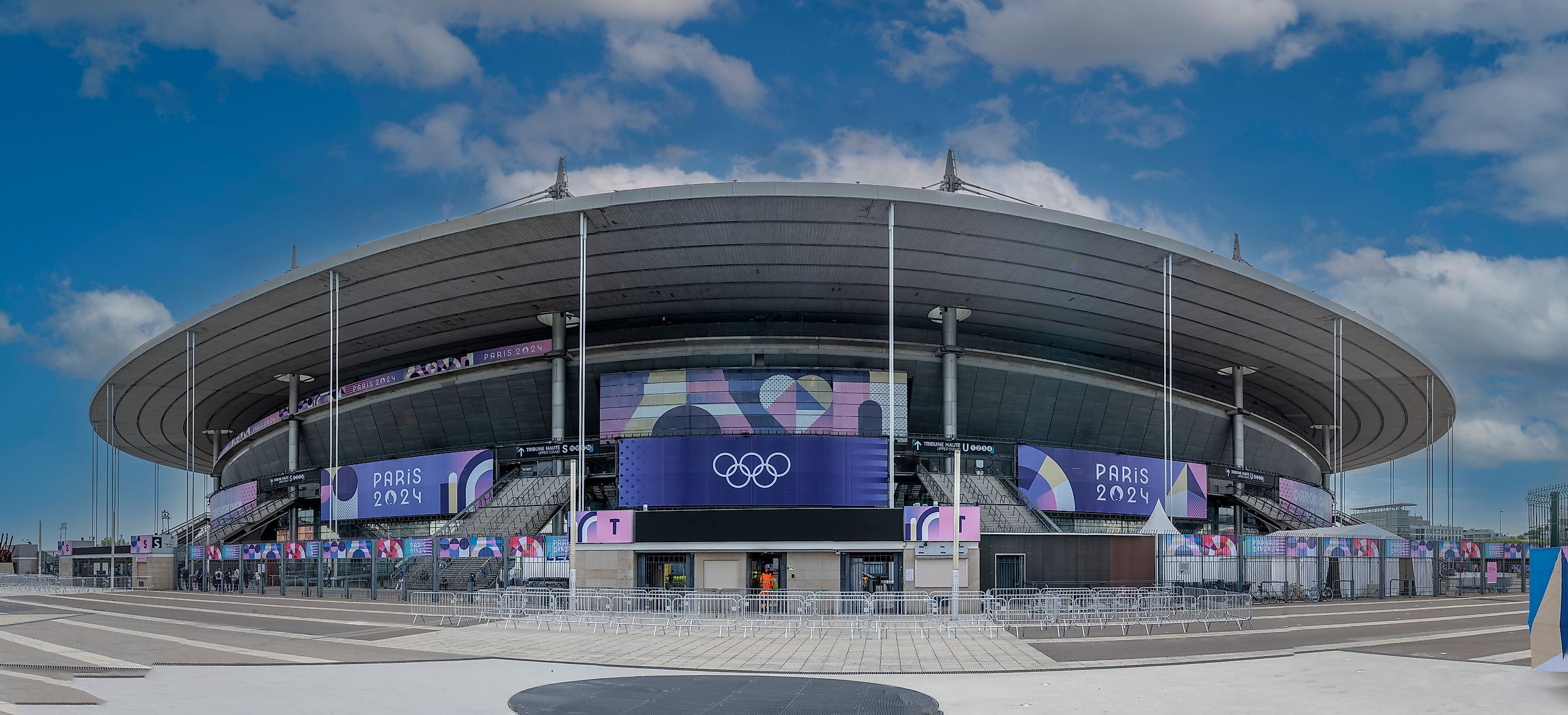
Why Are There Winter Olympics And Summer Olympics?
Since 1896, there have been 30 Summer Olympic Games and 24 Winter Olympic Games, each, over the centuries, marking a celebration of athletic excellence and international cooperation. The origin of these games and the reason for their separation lies in a combination of historical and economic factors. The Summer Olympics, first held in 1896, predates the Winter Olympics, which were introduced in the early 20th century by the International Olympic Committee to include winter sports. Today, the Summer and Winter Olympics are held two years apart, a change implemented to better manage the significant costs and logistical challenges of hosting both events in the same year.
Origin of the Summer and Winter Olympics
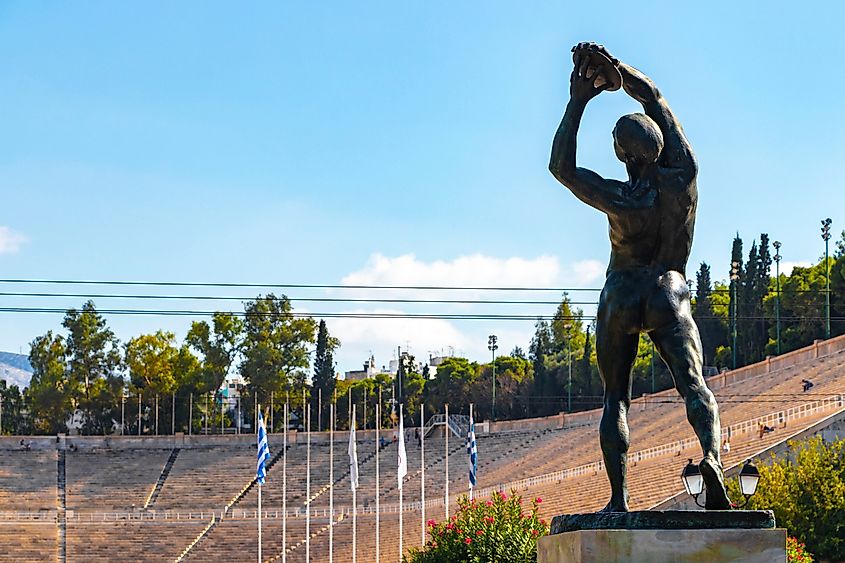
In 1896, Athens, Greece, hosted the first modern Summer Olympics, organized and planned by the International Olympic Committee (IOC). French aristocrat Pierre de Coubertin, inspired by the ancient Olympics in Olympia, Greece, which ended in 393 A.D., founded the IOC. These summer games featured nine different sports, including athletics, cycling, fencing, gymnastics, shooting, swimming, tennis, weightlifting, and wrestling.
In 1908, the IOC added figure skating to the London Olympic Games. Both figure skating and ice hockey were then featured in the 1920 Games in Belgium. Wanting to expand this list of winter sports, the IOC decided during the 1921 Olympic Congress in Switzerland to introduce a winter version of the Olympics, announcing that there would be a “week of winter sports” (11 days of activities) in Chamonix, France in 1924, three months before the Summer Olympic Games in Paris.
Shift to Biennial Scheduling
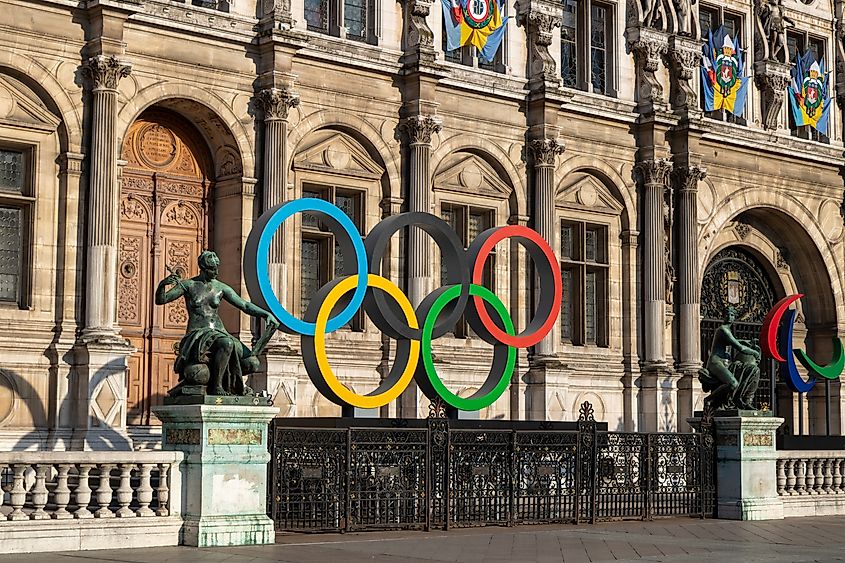
From 1924 through 1992, the Summer and Winter Olympics were held the same year. In 1986, during the 91st International Olympic Committee Session, members decided to start alternating the Summer and Winter Olympics every two years. This decision addressed concerns about the costs and logistical complications of hosting both events in the same year. Consequently, the committee determined that the 1992 Olympics, hosted in Barcelona (Summer Games) and Albertville (Winter Games), would be the last time both Summer and Winter Games occurred in the same year. From then on, the Winter Olympics would occur every four years, starting with the 1994 Games, followed by the Summer Olympics every four years, beginning with the 1996 Games.
Costs of the Summer and Winter Olympics
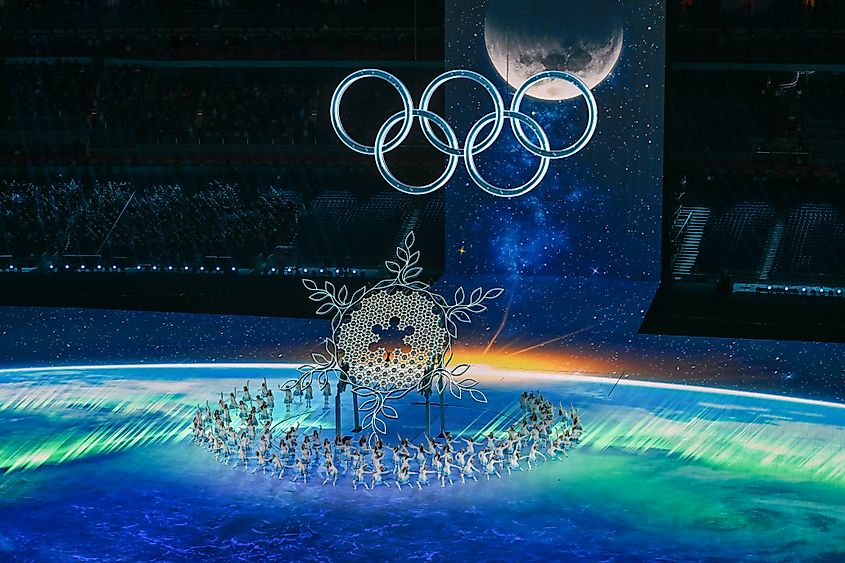
Although a city can experience many benefits from being an Olympic Games host, many challenges come with being a host, one of the biggest revolving around the extreme costs. The Olympic Games have yet to finish under budget since 1960. In fact, since 1960, host cities have spent an average of $5.2 billion to host the Summer Olympics. However, costs can vary significantly; for example, Rio de Janeiro spent as much as $13.1 billion on the 2016 Games, nearly $2.6 billion more than originally planned. Similarly, the London 2012 Games cost around $15 billion, while the Tokyo 2020 Games reached about $13 billion, more than double the city's initial estimate.
Concerning the Winter Games, costs have averaged $393.1 million dollars since 1960. However, the 2014 Sochi Winter Olympics were the most expensive Olympics of all time, totaling around $55 billion in costs.
Olympics Infrastructure

Infrastructure is another key logistical aspect behind the Olympics that requires years of planning and organization. For example, the IOC requires cities to have at least 40,000 hotel rooms available for spectators and an Olympic Village with the capacity to house 15,000 athletes, officials, and referees. The IOC also mandates comprehensive transportation plans and systems to efficiently move both spectators and athletes to and from the host city, as well as between the various venues. Rio de Janeiro, for example, when hosting in 2016, had to construct a new subway line in its city to support the amount of traffic expected during the Games.
Winter Olympics Special Requirements
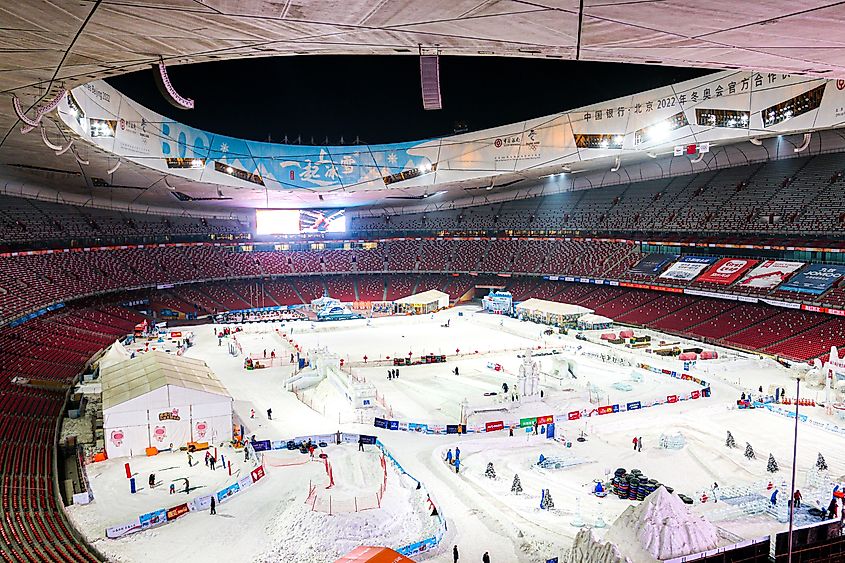
The Winter Olympics necessitate that host cities be situated near high mountains, particularly for alpine events like skiing. Initially, the IOC required cities to be in close proximity to the slopes. However, the committee has relaxed this requirement due to a shortage of applicants caused by high costs. For example, the 2026 Winter Olympics, hosted by Milan and Cortina d’Ampezzo, will see the two cities located 410 kilometers apart.
These significant costs and complex infrastructure requirements for hosting the Olympics emphasize the need for alternating between the Summer and Winter Games. By spreading the events across different years, cities can better manage the financial and logistical challenges, leading to a more sustainable and organized approach to hosting these major international events.
Current Summer Olympic Sports
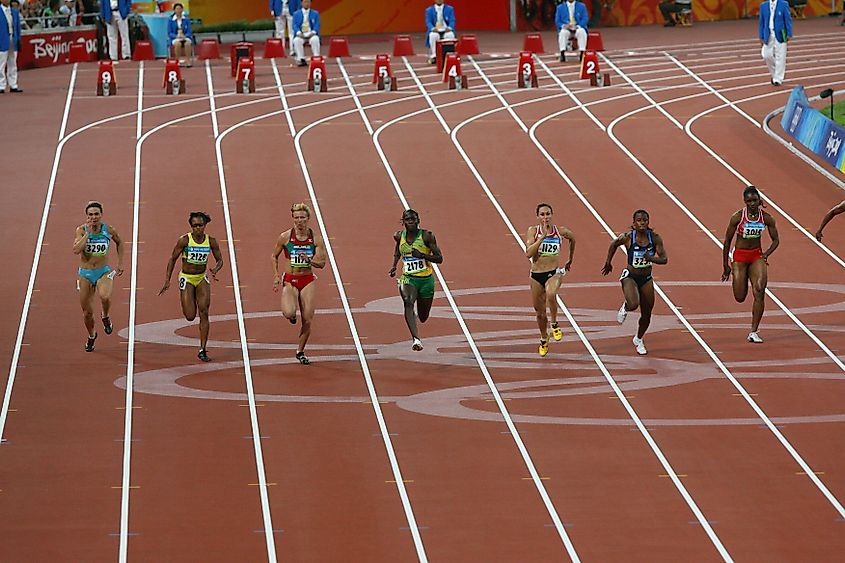
The Summer Olympics have historically featured a larger number of sports than the Winter Olympics. As of the 2024 Summer Olympics in Paris, 32 different sports are featured throughout the schedule. Some of the most notable include aquatics, athletics, equestrian, fencing, football, gymnastics, cycling, shooting, triathlon, volleyball, weightlifting, and wrestling. Breakdancing is the newest sport to be added to the Summer Olympics schedule, with sixteen national Olympic committees (NOCs) competing in the new event. As of 2024, there are 206 NOCs recognized by the International Olympic Committee.
Current Winter Olympic Sports

There are currently eight sports and 16 disciplines on the schedule for the 2026 Winter Olympics in Milan and Cortina d’Ampezzo. The list of sports includes biathlon, bobsleigh, curling, ice hockey, luge, skating, ski mountaineering, and skiing. Within the 16 disciplines, there are a total of 115 medal events scheduled, with the most taking place in freestyle skiing. Being on a smaller scale than the Summer Olympics, there are usually around 80 NOCs that compete in the Winter Olympic Games.
Final Thoughts
The separation of the Summer and Winter Olympics into alternating years has proven essential for managing the substantial costs and logistical complexities involved in hosting these global events. By allowing cities to focus on one set of games at a time, the International Olympic Committee has created a more sustainable and efficient approach to organizing the Olympics. This biennial scheduling ensures a higher quality of event management and preserves the tradition of celebrating athletic excellence and international unity.











